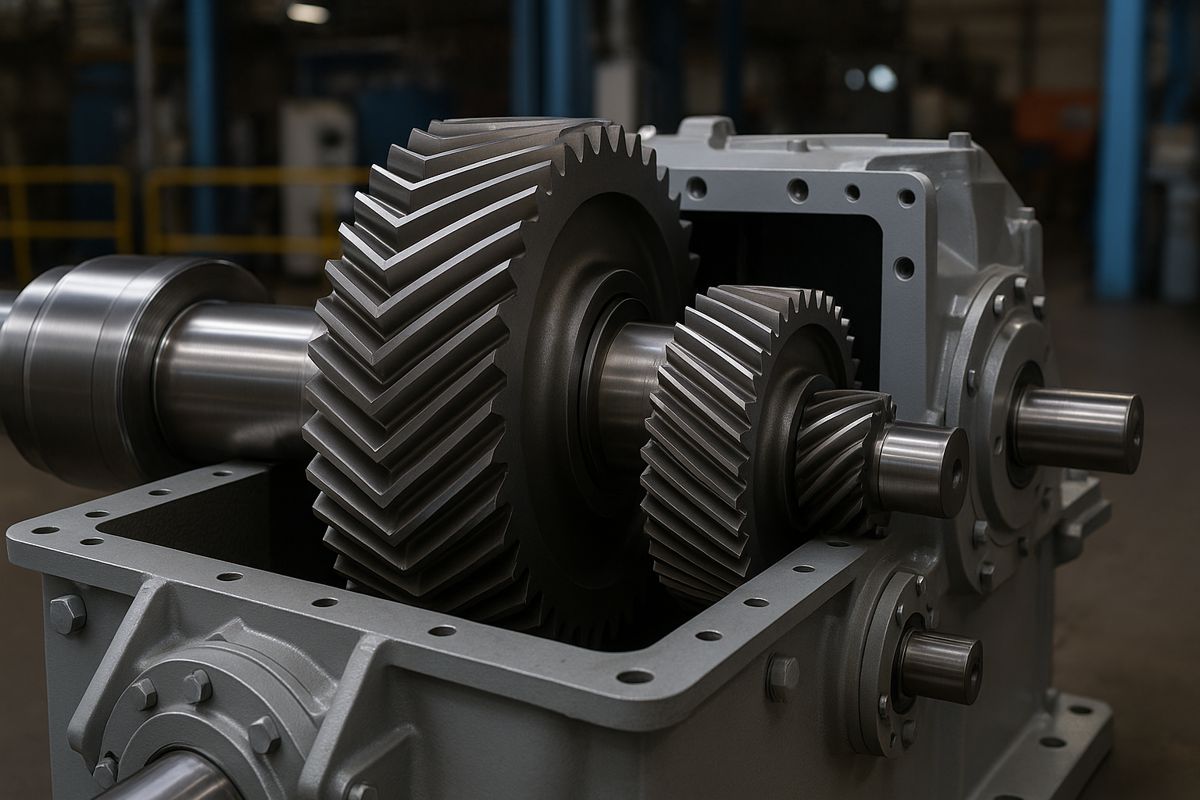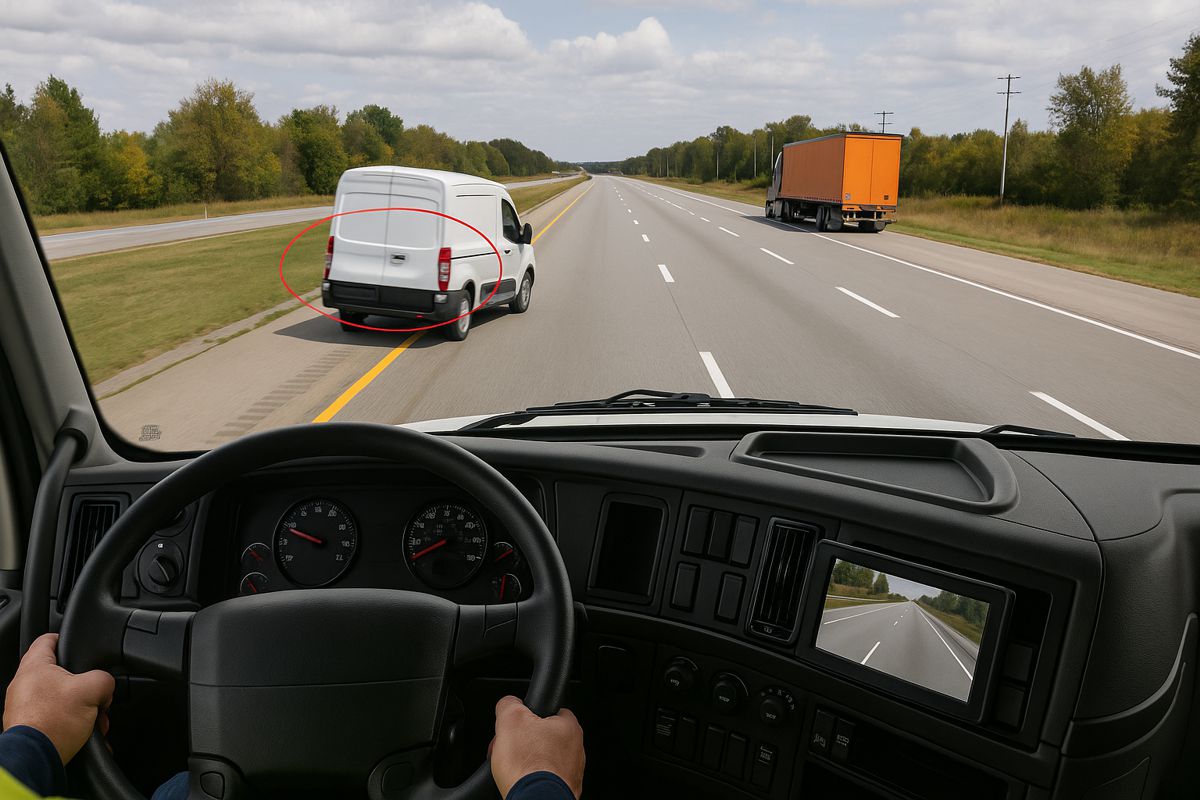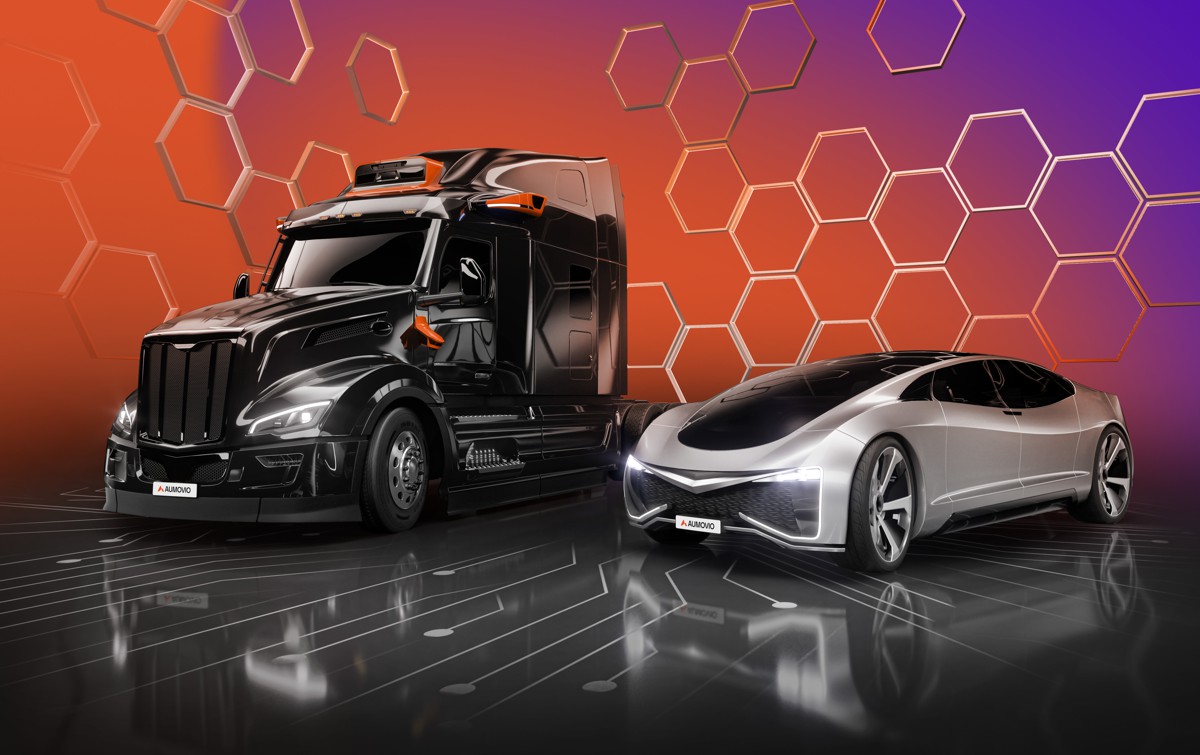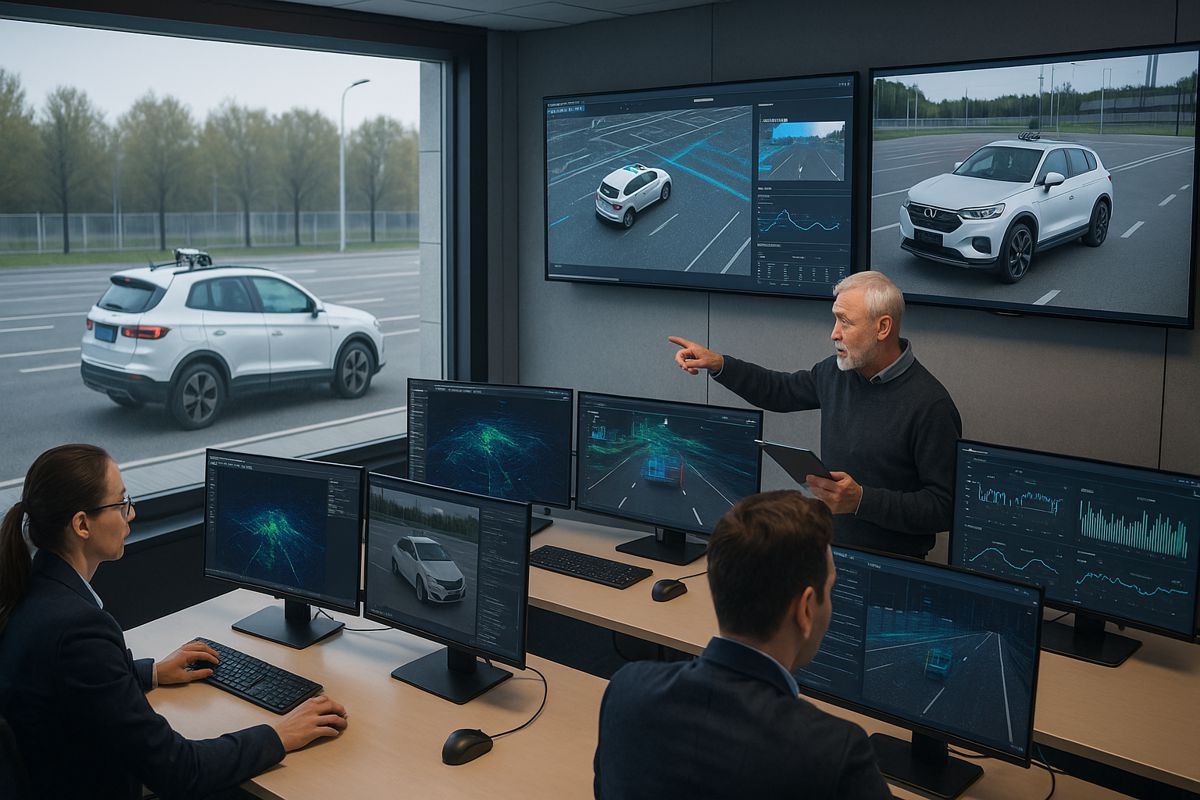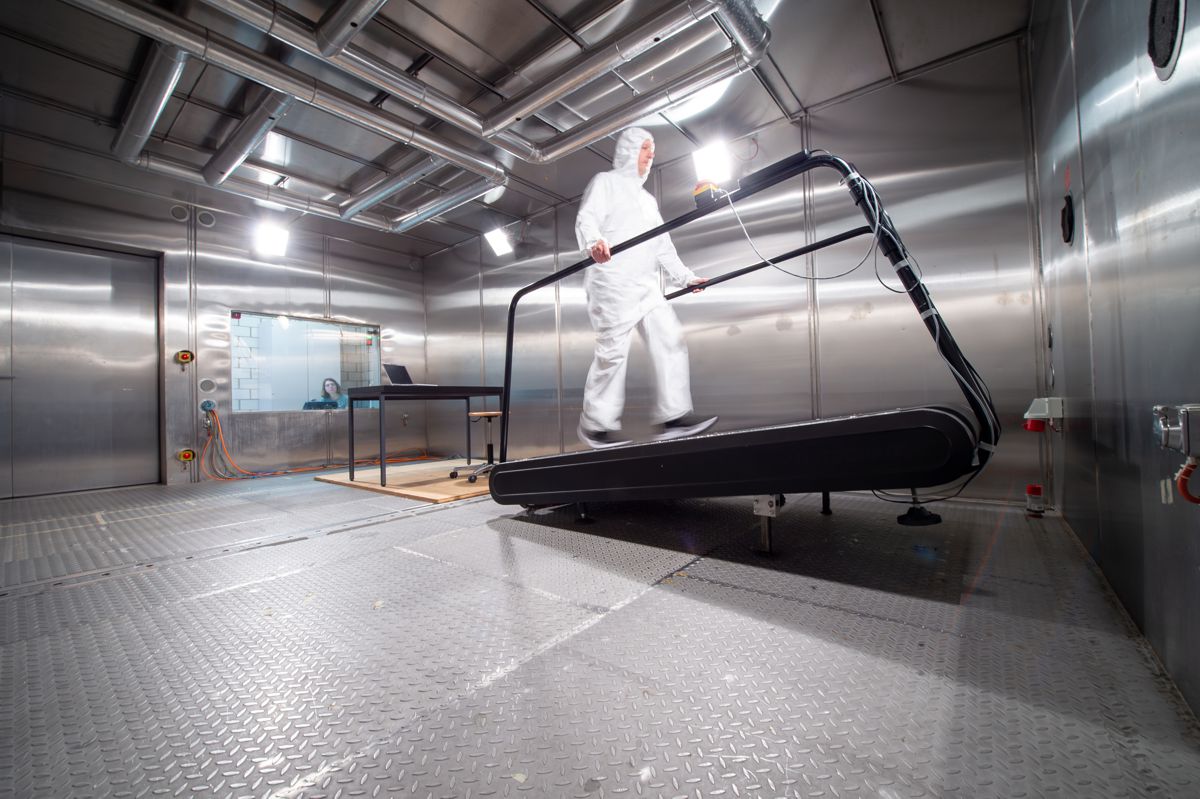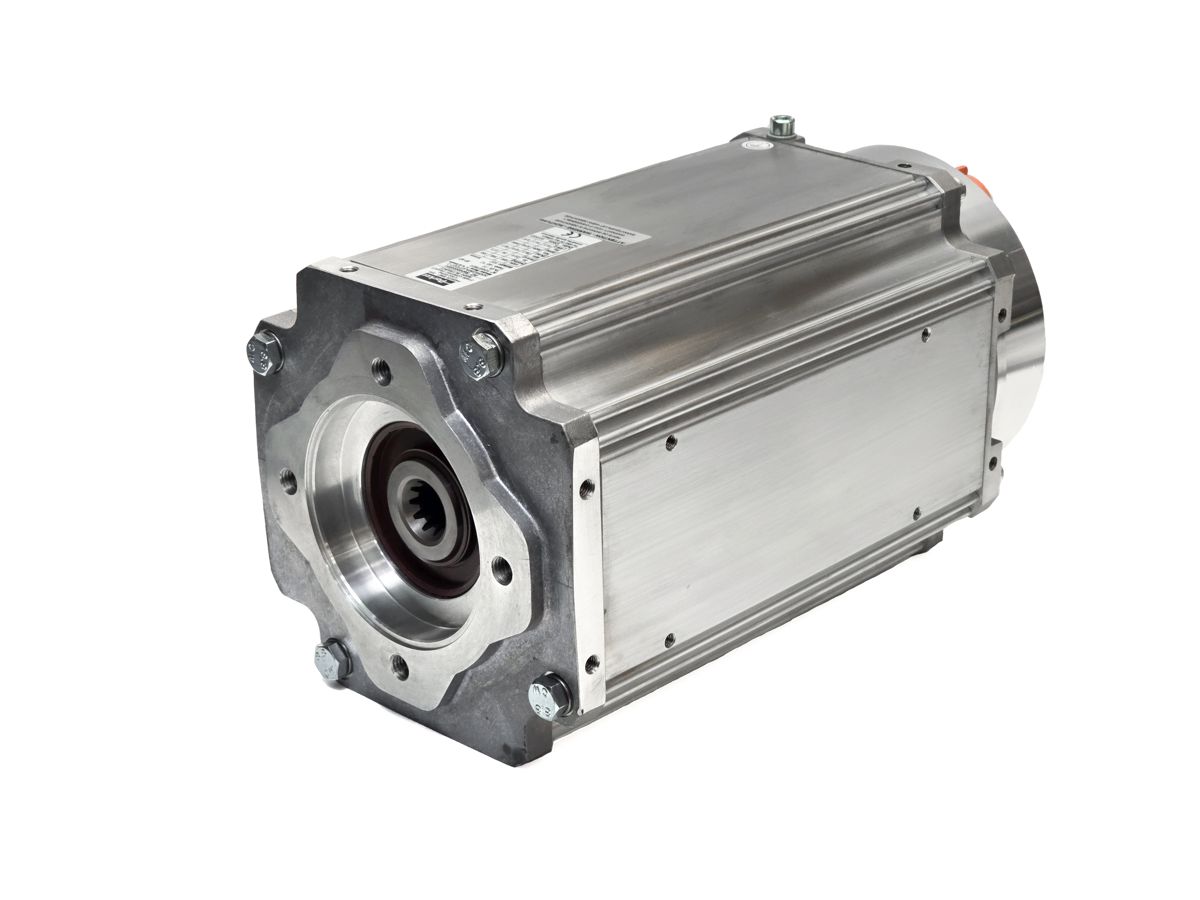Gearbox Fault Detection with Digital Twin Diagnostics
In industrial power transmission, gearboxes remain workhorses of heavy machinery. Their constant exposure to variable loads, harsh environments and complex mechanical interactions makes them vulnerable to wear and unexpected faults. Engineers have long turned to intelligent fault diagnosis systems to keep these components healthy, though many of these models hinge on large labelled datasets. Generating synthetic data through virtual modelling helps fill the gap, yet the accuracy of those datasets hinges on one crucial factor: the fidelity of the virtual gearbox itself.
Recent research from the School of Mechanical and Automotive Engineering and the Shien-Ming Wu School of Intelligent Engineering at South China University of Technology, supported by the Guangdong Artificial Intelligence and Digital Economy Laboratory in Guangzhou, takes aim at this bottleneck. Their study, Digital Twin-Assisted Gearbox Dynamic Model Updating Toward Fault Diagnosis, proposes a refined route for building and continually improving high-fidelity virtual gearboxes that can underpin far more reliable fault diagnosis.
Why High-Fidelity Digital Twins Matter
Digital twin technology has become a mainstay across advanced manufacturing, infrastructure and heavy engineering. For gearboxes, a digital twin offers an evolving replica that can simulate mechanical behaviour, stress responses and failure modes long before issues become evident in the field. Yet, as many industries have discovered, creating a convincing digital twin remains a challenge.
The difficulty lies not in constructing a basic simulation but in translating nuanced real-world dynamics into a virtual model. Traditional gearbox studies have focused primarily on vibration mechanisms, dynamic responses and frequency-domain analysis. Although these help explain operating conditions, they don’t automatically produce a robust virtual environment capable of supporting advanced fault diagnosis.
Researchers argue that without an adaptive method for updating and optimising the model, the virtual gearbox risks deviating from real-world performance, undermining its diagnostic value. That challenge becomes sharper in environments with sample imbalance, where some failure modes appear so rarely that synthetic data becomes essential.
Building the Initial Rigid-Flexible Virtual Gearbox
The latest study begins with establishing a virtual gearbox via a rigid-flexible coupling method. This approach captures the geometry, structure and vibration characteristics of a physical gearbox while ensuring that the simulated operating conditions mirror those experienced by the actual machine.
Rigid-flexible coupling helps bridge the gap between structural stiffness and dynamic flexibility, enabling simulations that better reflect contact forces, deformation and transmission errors. The research team validated this initial model using frequency analysis, checking the deviation between simulated frequency components and their theoretical counterparts.
If the disparity exceeded 5 percent, the team refined the model until the predicted behaviour aligned closely with physical expectations. This progressive refinement builds a strong foundation for later updates and enhances the confidence placed in the results.
Validating and Updating the Model Through Signal Interaction
Once validated, the next task was to update the model dynamically using measurable physical data. The researchers introduced an innovative physical-virtual signal interaction method that leans on cosine similarity to evaluate how closely virtual and real-world vibration signals match.
To streamline the simulation process, they implemented a parameter sensitivity analysis. This helped identify key parameters that profoundly influence gearbox behaviour:
- Contact stiffness
- Damping coefficient
- Force exponent
These parameters were then fed into a polynomial response surface model, which acts as a computational shortcut by approximating responses without needing full-scale simulations for every test case.
From there, the firefly algorithm carried out the optimisation work, adjusting parameter combinations to minimise the discrepancy between physical and virtual vibration signals. This iterative feedback mechanism, a hallmark of digital twin philosophy, allows the virtual model to evolve with growing accuracy.
Demonstrated Improvements in Fidelity and Stability
Testing revealed that the updated gearbox model performed exceptionally well across varying speeds and load conditions. Cosine similarity between real and virtual signals improved from 0.689 to 0.752 after updating, a significant leap in correlation.
Further evaluation showed that the relative error in major frequency components dropped below 1 percent and remained stable even as operating conditions fluctuated. Cosine similarity stayed above 0.7 with only minor variations, reinforcing the robustness of the updated model.
These outcomes signal that the digital twin approach can reliably support fault diagnosis scenarios where training data is limited or imbalanced. When engineers need trustworthy synthetic data to train intelligent systems, a dynamic digital twin provides the quality and consistency needed to avoid false positives and misclassifications.
Broader Implications for Industrial Condition Monitoring
Digital twin methodologies are spreading across the mechanical sector, especially where rotating machinery, drivetrain components and precision assemblies require constant monitoring. Gearboxes, with their complexity and exposure to variable loads, stand to benefit substantially.
High-fidelity virtual models offer several key advantages:
- Enhanced predictive maintenance strategies
- Better simulation of early-stage faults
- Improved training data for AI-driven diagnostics
- Reduced dependence on large real-world test datasets
- More accurate modelling of rare events
For industries such as mining, heavy construction, manufacturing, energy and marine engineering, these capabilities translate into fewer breakdowns, better resource planning and improved workforce safety.
The approach described in the study also demonstrates how emerging optimisation algorithms, including bio-inspired methods like the firefly algorithm, can support engineering analytics by delivering efficient, adaptive updates.
Smarter Gearbox Diagnostics
Digital twins are rapidly becoming integral to predictive maintenance and fault diagnosis in industrial machinery. This study strengthens the case for their adoption, offering a viable model-updating strategy that improves accuracy while reducing the computational weight of full-scale simulations.
As more industries face rising demands for efficiency, uptime and reliability, the ability to blend physical and virtual signals will continue shaping the next generation of maintenance engineering.
